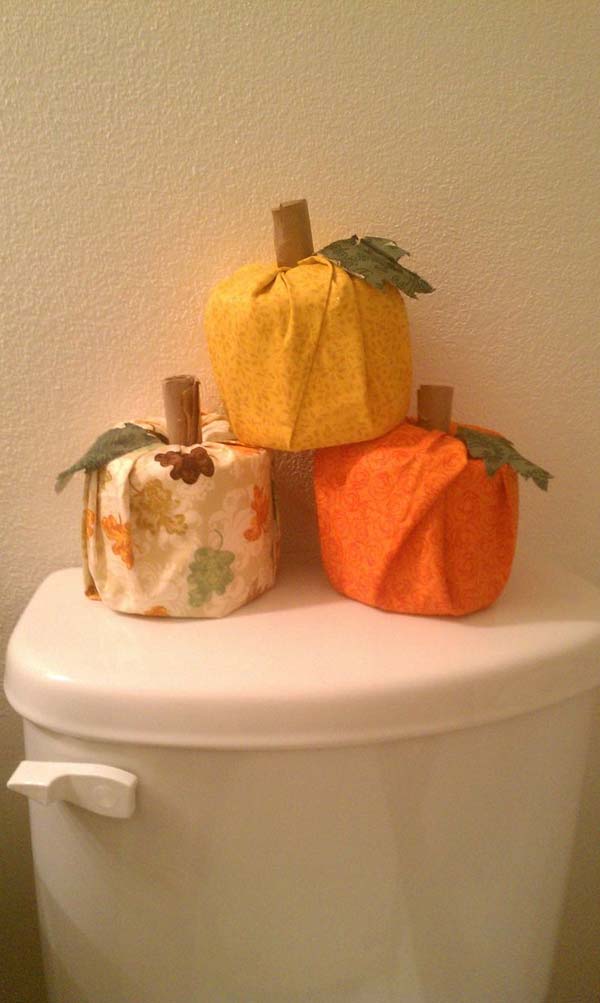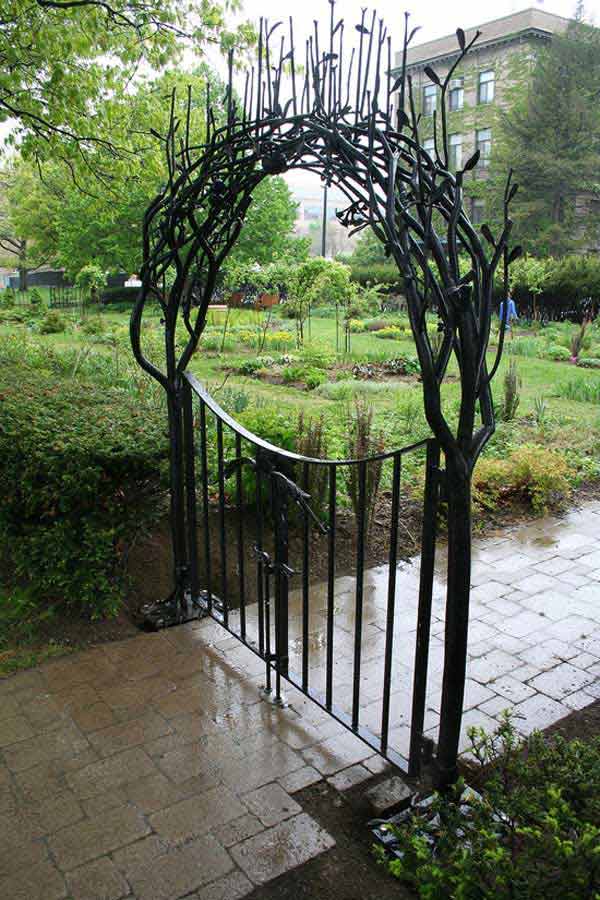Table of Content
After this time, they will seed out so that the process can start all over again. Choosing the right location is another key to a successful flower garden. Most flowers thrive in full to partial sun, so it's important to choose a spot that boasts ample light to help boost your blooms. One of my favorite jobs as Longwood’s outdoor landscapes manager is selecting the flowers I want to grow. Seed catalogs and websites will often have sections devoted to the best flowers for cutting. Typically, you should look for flowers that have long stems with long-lasting blooms.

Zinnias serve as a fantastic cut flower because of their long stems and long-lasting bloom. Healthy, happy plants tend not to be as susceptible to pests and diseases. Do your best to give your plants good soil and appropriate moisture, and choose plants that are suited to your climate and sun exposure.
Gardens
The tropical forests have been cleared at a rate that is second only to the fynbos in the winelands. There are a “bunch of girl flowers at the bottom and a section of boy flowers above that, with the tip of the spike devoted to being really stinky,” explains Kirkwood. Strain out the compost (I do this with another 5- gallon bucket and a strainer) and affix the lid.

If you want the connection between the base and sides to be stronger, use some slip and thin clay coils. Place the coils on the inside of the pot where it connects to the base and smooth it down until it appears to be seamless. Gently join the clay and smooth down the line to make it seamless. Leave it to sit for a few minutes before removing the mould from the inside. Before you can prepare your plastic vase, you will need to glue the loose plastic pieces together.
Keep the flowers coming
When you first put the new flowers in the ground, you need to water them at least every other day. After that, you'll water as needed, which can vary based on where you live. If you see the flowers wilting in the day or if the weather has been dry, you know it's time to water.
Dig holes just large enough to place the soil and roots for each plant in the ground. Follow the directions for the plant, but generally, you plant a single seed in each container you have. Plant the seed at a depth that is four times the width of the seed.
Finishing With Flowering Trees and Shrubs
Vegetable plants need to be planted at different depths, so it's useful to measure the holes you make with a ruler. Choose vegetables that can be harvested at different times. This way, you'll have produce all summer instead of all at once. Forcing is a horticultural term that means manipulating a plant’s environment, primarily the light and temperature, to get it to bloom at the desired time.
Flower garden designers know that including at least three of the same kind of plant in a grouping is most pleasing to the eye. An easier method of starting your garden is to buy young plants, called set plants or transplants. Dig holes in your prepared bed based on tag instructions. Remove plants from the container by pushing up from the bottom. If the roots have grown into a big ball (known as being root-bound), use an old fork or your fingers to untangle some outer roots before setting it into the hole. Pat soil into place around the roots, then soak the soil with water.
Some weed and feed products can damage roots below the soil if applied incorrectly. Over the fall and winter the newspapers will block out all light, which will kill the vegetation. The newspapers will also decompose over several months and come spring you will have a nice layer of compost that you can turn over into the soil. This method is completely organic and will help improve your soil while killing existing vegetation. However, if you’ve never tried getting your hands dirty with soil, starting your flower garden may seem overwhelming at first. Lots of questions may be running through your mind, especially since you don’t know where or how to begin.

The beauty and abundance of flowers—both in gardens and in nature—is the hallmark of the spring season. Although their beauty is obvious and appreciated by all, these highly anticipated floral displays are the result of complex, interacting factors. Plant the seeds inside two to three weeks before the last frost. When you plant the seeds is based on the plant itself. Usually, that information is found on the package, but you can also look online.
Consider a plant's full height when making your selections. Dig into your new gardening adventure with this step-by-step guide to help you make the most of your landscape. Marie Iannotti is a life-long gardener and a veteran Master Gardener with nearly three decades of experience. She's also an author of three gardening books, a plant photographer, public speaker, and a former Cornell Cooperative Extension Horticulture Educator. Learn tips for creating your most beautiful garden ever. Learn tips for creating your most beautiful home and garden ever.
While earthworms can help loosen the soil, it’s best to do your part in loosening and cultivating it. Loose soil will make it easier for your flowers’ roots to spread and grow deeper into the ground for better access to water and soil nutrients. To make the cultivating procedure easier, sprinkle a bit of water on the soil to make it softer and more manageable to break down. Sprinkle just enough water as digging on the ground that’s too wet will only damage the soil structure.
Work bone meal, blood meal or fertilizer into the soil. If your soil doesn't have good drainage, you can create a raised bed which allows plants to grow above ground level. Some plants, such as pansies and kale, tolerate cold, so you can plant them in autumn or late winter. Tomatoes and most annual flowers, on the other hand, prefer warm temperatures, so don't plant them until the danger of frost has passed in your area.


No comments:
Post a Comment